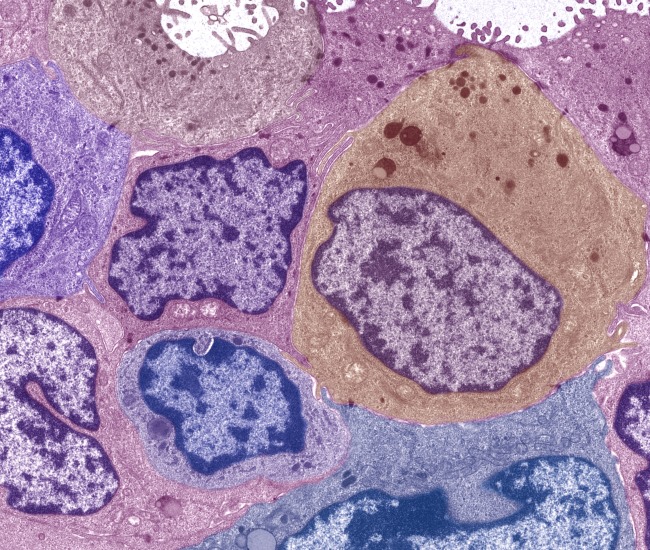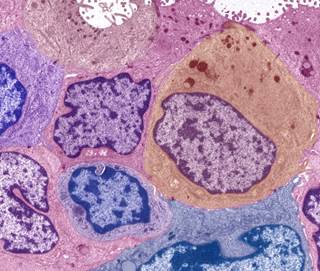
[ad_1]
November 12, 2018

One-view digital breast tomosynthesis with a reduced compression force detected breast cancer with higher sensitivity and lower specificity than 2-view digital mammography.
The use of 1-view digital breast tomosynthesis with a reduced compression force during breast cancer screenings resulted in a higher sensitivity and lower specificity to lesion detection compared with 2-view digital mammography, which may reduce radiation dose and screening burdens, according to a study published in Lancet Oncology.
A group of investigators for the Malmö Breast Tomosynthesis Screening Trial (MBTST; ClinicalTrials.gov Identifier: NCT01091545) conducted a prospective, population-based, diagnostic accuracy study comparing the precision of 1-view digital breast tomosynthesis with 2-view digital mammography in breast cancer detection.
Women, aged 40 to 74 years who were not pregnant, were asked to participate in a national breast cancer screening in Malmö, Sweden. Eligible women included in the study (n=14,848) were screened with 2-view digital breast mammography followed by 1-view digital breast tomosynthesis with reduced compression in 1 breast cancer screening visit.
Detection sensitivity and specificity were the primary outcomes measured; secondary outcomes included measures of screening performance for cancer detection, recall, and interval cancers, as well as positive predictive value for screen recalls and negative predictive value for both methods.
The researchers reported that digital breast tomosynthesis had higher sensitivity (81% vs 60.4%) but marginally lower specificity (97.2% vs 98.1%) compared with digital mammography. A total of 8.7 cancers per 1000 women screened vs 6.5 cancers per 1000 women screened suggested that cancer detection was significantly higher in 1-view digital breast tomosynthesis compared with 2-view digital mammography.
In cancers detected by tomosynthesis, a greater percentage of women were recalled after discussion compared with digital mammography (3.6% vs 2.5%, respectively). Positive predictive values for screen recalls were 24.1% and 25.9% for digital tomosynthesis and digital mammography, respectively; negative predictive values were 99.8% and 99.6% for digital tomosynthesis and digital mammography, respectively. After trial screening, 1.48 interval cancers developed per 1000 women screened.
“In conclusion, we showed that breast cancer screening with [1]-view digital breast tomosynthesis with reduced compression force had higher sensitivity and a slightly lower specificity for breast cancer detection than [2]-view digital mammography, and had a lower dose of radiation and could reduce the screen-reading burden compared with [2]-view digital breast tomosynthesis with [2]-view digital mammography,” researchers wrote. “If supported by cost-effectiveness studies, [1]-view digital breast tomosynthesis warrants consideration as the preferred breast cancer screening method in the future.”
Reference
- Zackrisson S, Lång K, Rosso A, et al; for the MBTST study. One-view breast tomosynthesis versus two-view mammography in the Malmö Breast Tomosynthesis Screening Trial (MBTST): a prospective, population-based, diagnostic accuracy study [published online October 12, 2018]. Lancet Oncol. doi: 10.1016/S1470-2045(18)30521-7
[ad_2]
Source link